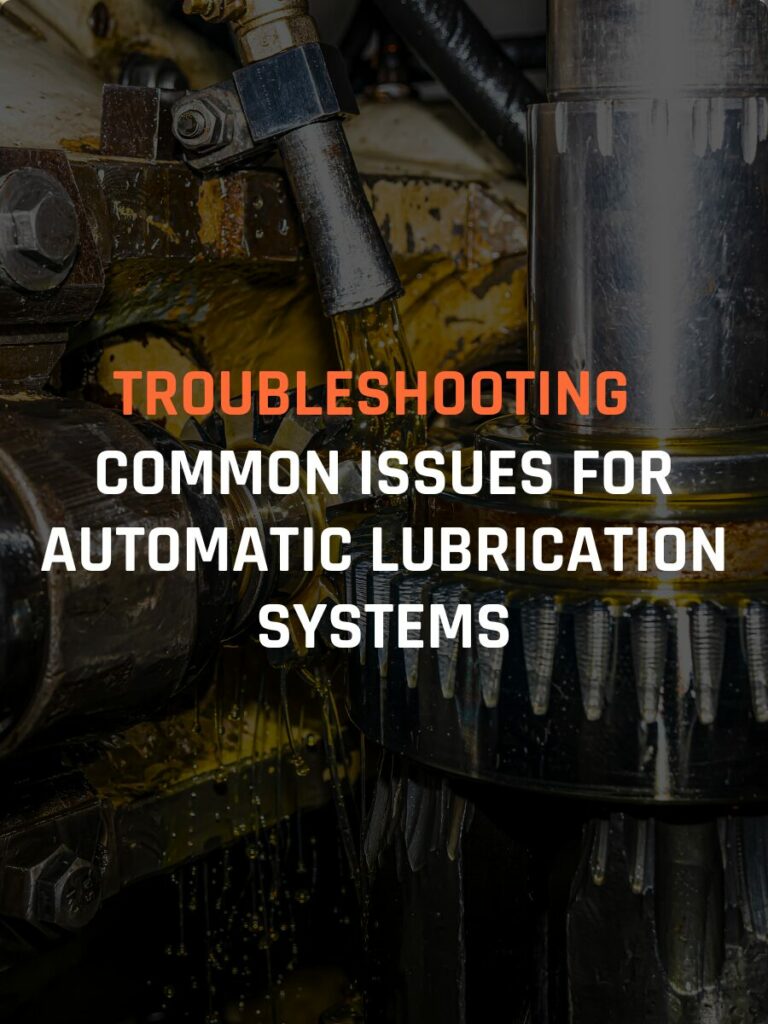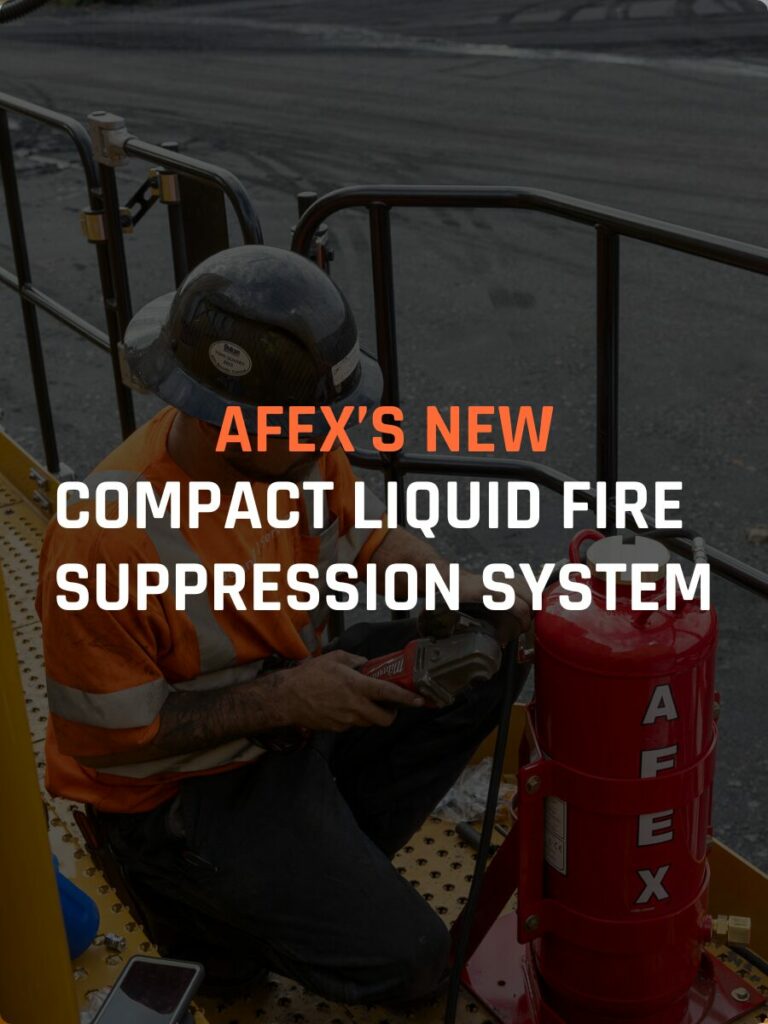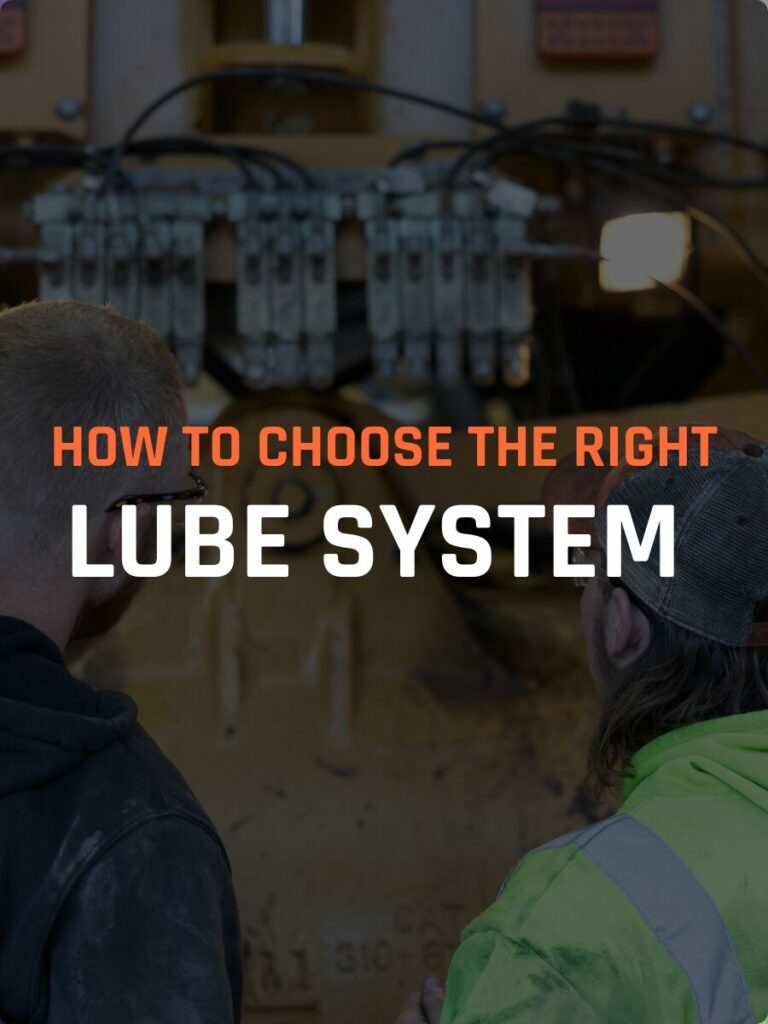
NFPA 122 Steel Mill Fire-Suppression Checklist
- Home
- E-Journal
- Post
When a single spark can flash-ignite pockets of grease, slag, or hydraulic oil, “good enough” fire protection isn’t good enough. In the Mid-Atlantic steel corridor, NFPA 122 sets the minimum benchmark for safeguarding people, equipment, and production uptime, yet many mills still scramble during audits because day-to-day tasks aren’t clearly mapped. Use the checklist below to close that gap and keep every ladle car, charger, and scrap-shear in spec.
Quick links
• AFEX Fire-Suppression Systems – technology overview
• Critical Upgrades: Fire Suppression & Auto-Lube – why fire protection should ship with new equipment
• Compact Liquid System Launch – for tight-space installations
Why NFPA 122 matters
NFPA 122 is the only U.S. standard written specifically for metal-mining and mineral-processing facilities, including integrated and mini-mills. It covers everything from diesel-powered mobile equipment to fuel-storage areas and sets the inspection cadence insurers look for before binding property coverage. Non-compliance can trigger citations, denied claims, or worse… weeks of unplanned downtime.
AFEX: The compliance-ready choice
GreasePoint installs AFEX dry-chemical and dual-agent systems exclusively across the Mid-Atlantic. AFEX kits ship with:
Dual-action detection (pneumatic + electric) to meet NFPA 122 § 12.3.4
Heavy-gauge steel tanks rated for the vibration loads common in billet yards
Agent distribution plumbing pre-flared and color-coded to speed inspections
10-Point Steel-Mill Fire-Suppression Compliance Checklist
Task
NFPA 122 section
Proof to keep on file
1.
Verify all suppression cylinders are hydro-tested within last 12 years
§ 9.3.2
Copy of hydrostatic certificate
2.
Inspect nozzle orifices for slag or grease buildup
§ 12.4.3
Photo log after cleaning
3.
Test pneumatic detection tubing for leaks (≥ 20 psi hold 2 min)
§ 12.5.1
Pressure chart print-out
4.
Confirm agent weight vs. nameplate (+/- 5 %)
§ 9.2.4
Scale record sheet
5.
Exercise manual actuators and reset pins
§ 12.5.4
Operator sign-off sheet
6.
Check wiring continuity of electric detection loops
§ 12.5.2
Multimeter log
7.
Validate interlocks: engine-shut-down & fuel-shut-off
§ 12.6.1
Function-test video
8.
Audit spare-parts kit (fuses, burst-discs, o-rings)
§ 9.4.1
Inventory count
9.
Update equipment map showing nozzle coverage zones
§ 8.3.3
Engineering drawing rev. #
10.
Record all actions in a maintenance log retained ≥ 3 years
§ 13.2
Digital PDF archive
Pro tip: Download our free PDF worksheet that mirrors the table above so your crew can tick off items in the field and generate a ready-made audit packet.
Documentation & Audit Readiness
OSHA and most insurers now request evidence that NFPA 122 tasks are performed at the prescribed frequency (daily visual, monthly functional, annual third-party). The quickest way to satisfy them:
Assign ownership. Designate one maintenance planner to schedule tasks.
Standardize photos. A quick smartphone shot of each nozzle or gauge creates an irrefutable timestamp.
Store digitally. Upload logs to your CMMS or a shared drive labeled “NFPA122->Year-Month.”
Need a turnkey solution? GreasePoint’s service contracts bundle quarterly inspections, annual nozzle-flow tests, and digital record-keeping so you’re audit-ready year-round. ➜ Get a quote.
Common audit pitfalls (and how to avoid them)
Hydraulic line reroutes without moving nozzles → conduct a suppression zone review whenever hoses are swapped.
Agent cylinder swaps after partial discharges “just to be safe” → record the cause to spot recurring ignition sources.
Forgotten retrofit tags. If you added GreasePoint’s Compact Liquid System to tight-clearance gearboxes, update your equipment map so inspectors know it’s covered.
Next steps
Run the checklist on one high-value asset (e.g., your primary ladle car) this week.
Schedule a free, on-site gap audit with a GreasePoint fire-protection specialist.
Share this post with EHS and maintenance teammates, because NFPA 122 compliance is a team sport.
LIKE WHAT YOU READ? GIVE US A SHARE.
RECENT POSTS
SOCIAL MEDIA
SUBSCRIBE TO OUR NEWSLETTER
GET IN TOUCH
We’re looking forward to working with you. Whether you have questions about products or services, our team is ready to help.
- York, PA: 888-631-7638
- Charlotte, NC: 704-375-7704
- hello@greasepoint.com
- Service & repair shops in Pennsylvania and North Carolina




